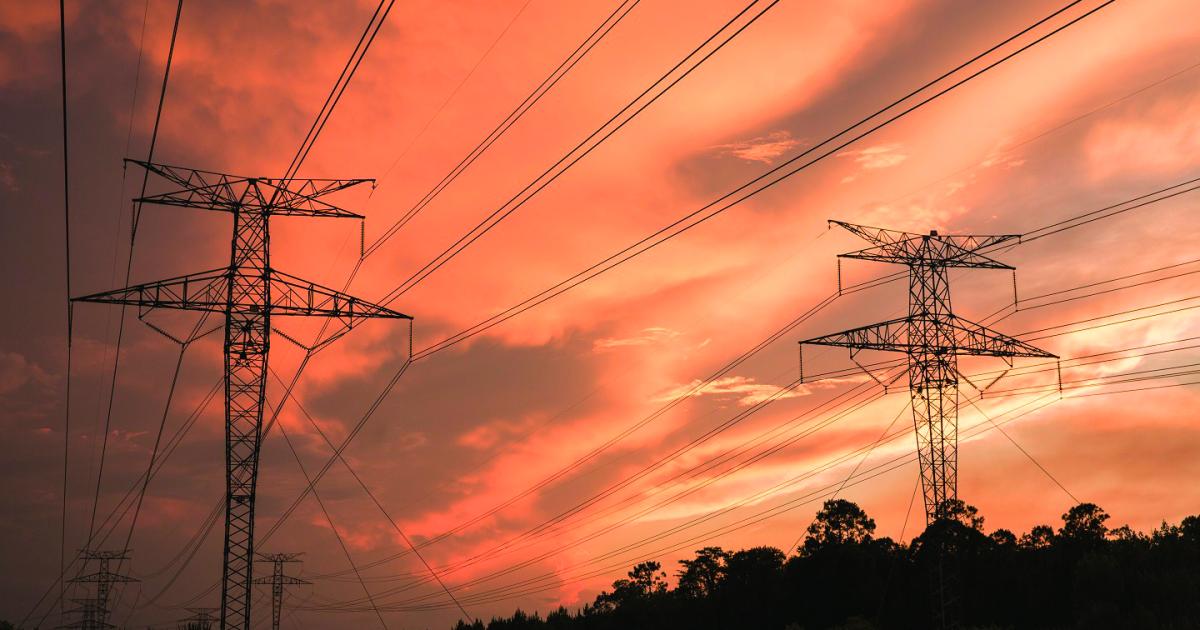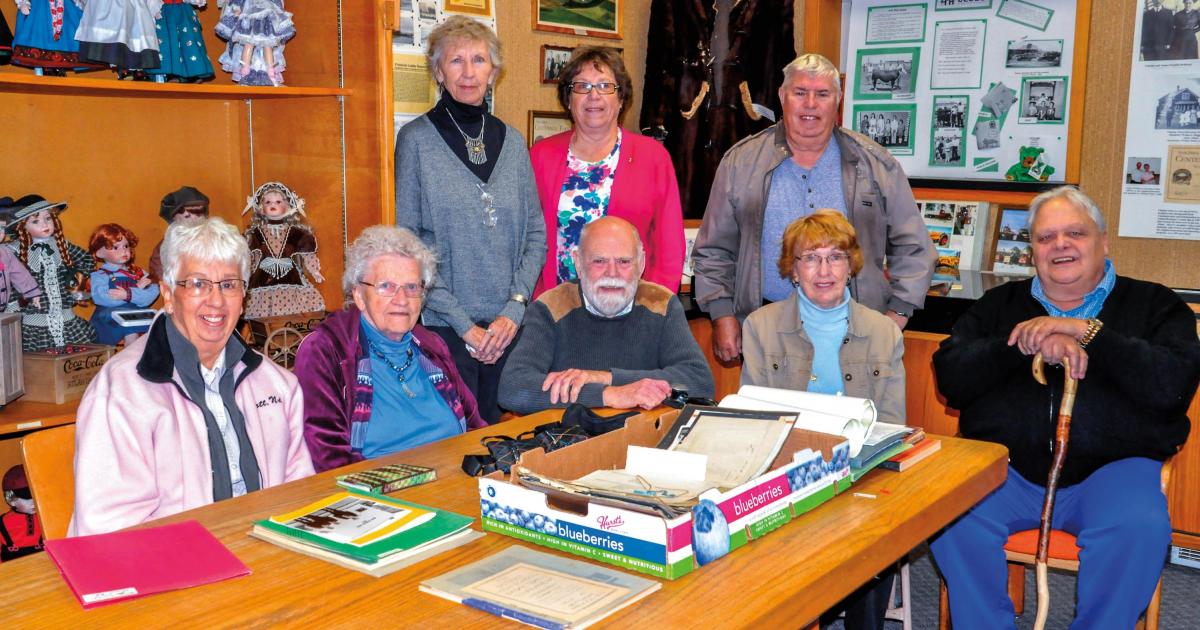Did you know squirrels, lightning and trees have something in common? They all can create power outages.
Electric cooperatives work hard to keep your lights on all the time, but power outages do occur, says Tony Thomas, senior principal engineer with the National Rural Electric Cooperative Association (NRECA).
PHOTO COURTESY NRECA Electric cooperatives’ top priority of keeping power flowing 24/7 calls for maintaining a complex network of power plants, poles and wires. But it also requires preparing for the unpredictable. Electric co-ops are winning the reliability battles against the top three troublemakers.
An electric utility’s basic job of keeping the power flowing 24/7 calls for maintaining a complex network of poles and wires. But it also means battling the unpredictable. Thomas cites the top three troublemakers to electric reliability as trees falling on power lines and other interferences from vegetation, lightning strikes and animals going about their daily routines, especially squirrels chewing on electrical equipment.
Humans contribute to power outages as well, with vandals deliberately damaging electrical equipment and drivers accidentally crashing into utility poles.
But statistics say the lights are almost always on.
Numbers collected from electric utilities show that power in the United States is incredibly reliable. According to these figures, the percentage of time the average American has electricity at the flip of a switch is 99.97 percent. Thomas says what’s most important to know about those numbers is that they don’t change much.
“I don’t see big swings from year to year,” Thomas says. “If things are fairly consistent, that means the utility is operating about as efficiently as it can.”
But utilities still try to improve on that reliability. Among the techniques being used to foil critter catastrophes are snake barriers around substations, buzzard shields on transmission towers and mesh coverings on wood poles to protect them from woodpeckers.
For some of the other causes of outages like trees and lightning, there’s now an app.
Utilities operate extensive right-of-way programs to keep vegetation away from power lines, from clearing underbrush to publicity campaigns asking people not to plant trees where they can fall on power lines. These days, those efforts can be aided by digital software that forecasts the growth of trees and other plants so utilities can prune branches before they cause a problem.
Other software analyzes the age and wear on the utility’s equipment that minimizes the damage from lightning strikes, so it can be replaced before it fails.
Fighting storms and squirrels are two ways to keep the power on, but by far the biggest part of reliability comes from the decades of building, maintaining and updating the massive machinery of the nation’s electric grid. More than 8,500 power plants generate electricity that is shipped through 200,000 miles of high-voltage transmission lines. Banks of substations and transformers step-down that voltage to send it to homes and businesses through 5.5 million miles of local distribution lines.
Keeping that network operating calls for a lot of planning among utilities to anticipate how electricity will be used in the future. Part of that reliability planning has focused on protecting the electricity system from computer-based digital attacks.
Bridgette Bourge is among those overseeing how digital technology affects reliability for electric co-ops and their consumer-members. As director of government affairs for NRECA, she sees both the positives and the negatives to the latest internet-based, or cyber, technology.
“Cyber helps a lot on reliability, because it gives us the ability to monitor and know everything right away,” she says. “But whenever you increase reliability through a technology, you do potentially open up vulnerabilities, as well, from the security angle.”
For any organization, including electric utilities, the benefits of the internet come infested with mischief-makers. Bourge says it’s routine for a company to receive tens of thousands of attempts each day to break into its computer network.
Bourge says NRECA cyber programs aim to help protect against a range of threats, from broad attempts to shut down parts of the electric grid, to more focused efforts to corrupt pieces of software used by electric cooperatives.
Paul Wesslund writes on consumer and cooperative affairs for the National Rural Electric Cooperative Association.










